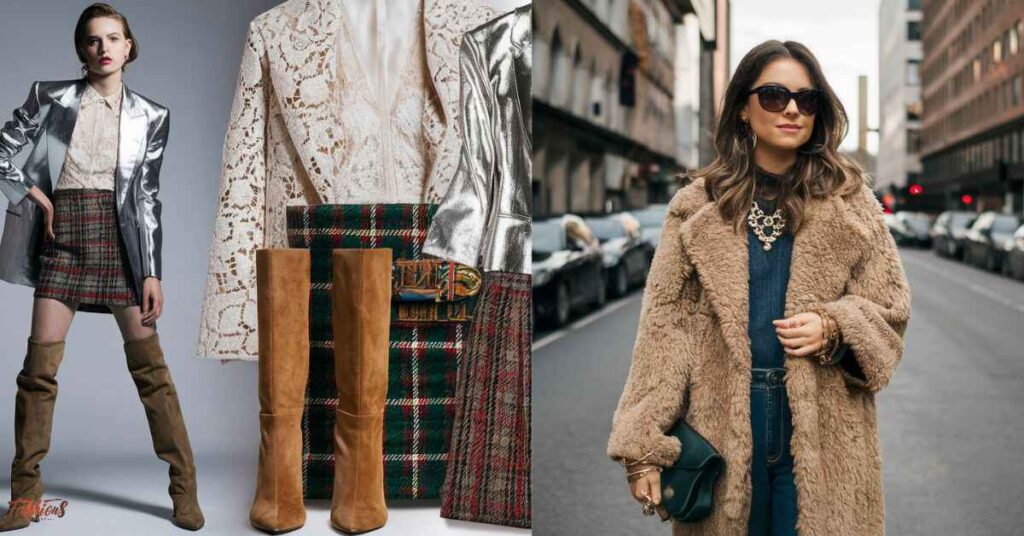Mixing textures in an outfit adds depth and interest. Start with contrasting materials like silk and denim. Balance heavier fabrics with lighter ones. Incorporate textures like lace, suede or knit for variety.
Pay attention to color coordination for a cohesive look. Experiment with layering to highlight different textures. Don’t be afraid to try new combinations for a unique style statement.
What are the different clothing textures?
Clothing textures vary widely, offering diverse tactile experiences. Common textures include smooth silk, soft cotton, and plush velvet. Ribbed fabrics have raised lines for a textured feel.
Fuzzy materials like wool or fleece provide warmth. Denim is sturdy with a rough texture. Satin and chiffon offer a smooth, luxurious touch. Each texture adds character to garments and influences overall style.
Importance of Textures on outfit
- Clothing textures vary widely, offering diverse tactile experiences.
- Common textures include smooth silk, soft cotton and plush velvet.
- Ribbed fabrics have raised lines for a textured feel.
- Fuzzy materials like wool or fleece provide warmth.
- Denim is sturdy with a rough texture.
- Satin and chiffon offer a smooth, luxurious touch.
- Leather and suede add a tactile richness to outfits.
- Knitwear, such as cashmere or acrylic, provides coziness.
- Lace and embroidery create delicate, intricate textures.
- Mixing textures can elevate the visual interest of an outfit.
How to Combine Clothing Textures?
To combine clothing textures effectively, start by contrasting materials like denim with silk or leather with cashmere. Mix rougher textures such as denim with smoother ones like silk for balance. Incorporate broadcloth for a crisp, clean texture that complements other fabrics well.
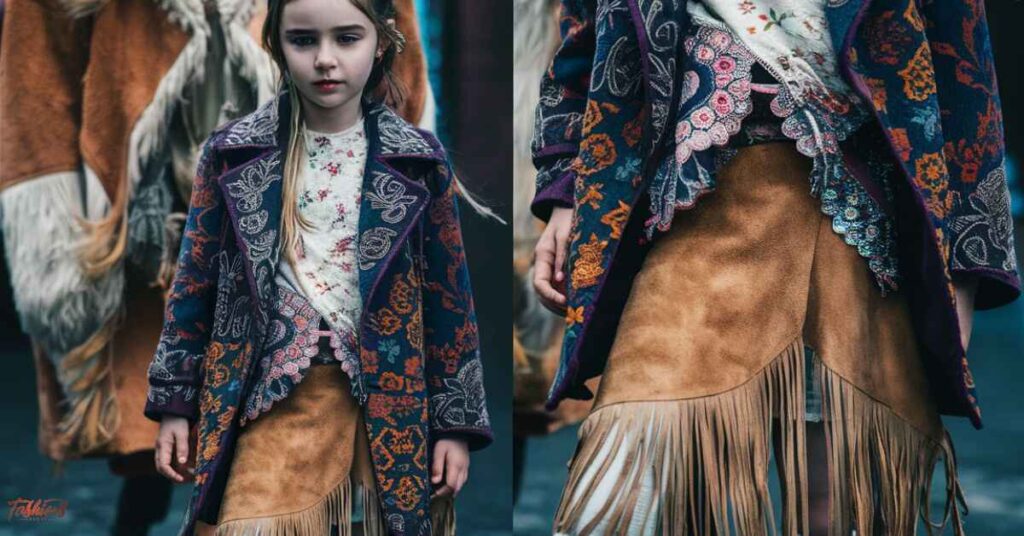
Denim Fabric
Denim fabric is known for its durability and rugged texture, making it a versatile choice for casual outfits. It can be paired with softer textures like cashmere or silk to create a balanced and stylish look.
Silk Fabric
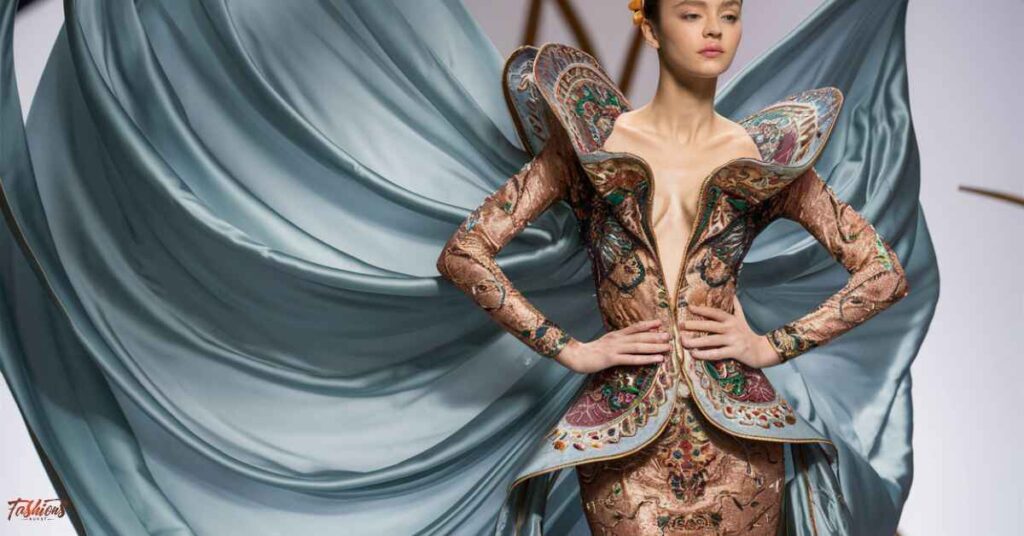
Silk fabric is renowned for its luxurious texture and smooth, soft feel. Here are some key points about silk fabric textures:
Smoothness: Silk is prized for its unparalleled smoothness, making it incredibly comfortable to wear against the skin.
Softness: Silk is exceptionally soft, with a gentle and silky touch that adds a touch of luxury to any garment.
Lustrous: One of silk’s defining characteristics is its natural sheen or luster, which gives it a radiant and elegant appearance.
Draperies: Silk fabric drapes beautifully and flows gracefully, making it ideal for fluid and flowing garments such as dresses, blouses, and scarves.
Breathability: Silk is a breathable fabric that allows air circulation, making it comfortable to wear in warm weather while providing warmth in cooler temperatures.
Varieties: Silk comes in various textures and finishes, including satin (smooth and shiny), chiffon
(lightweight and sheer), crepe (crinkled or textured), and charmeuse (soft and silky with a slight sheen).
Delicacy: While silk is luxurious, it is also delicate and requires gentle care. It is recommended to hand wash or use a delicate cycle when cleaning silk garments to preserve their texture and luster.
Versatility: Silk is versatile and can be used for a wide range of clothing items, from formal evening gowns and blouses to casual shirts and linings for jackets.
Leather Pieces
Leather provides a rich and tactile texture, adding a touch of luxury to any outfit. Pair leather pieces with softer fabrics like silk or cashmere for a harmonious blend of textures that creates a chic and stylish appearance.
Cashmere Clothing
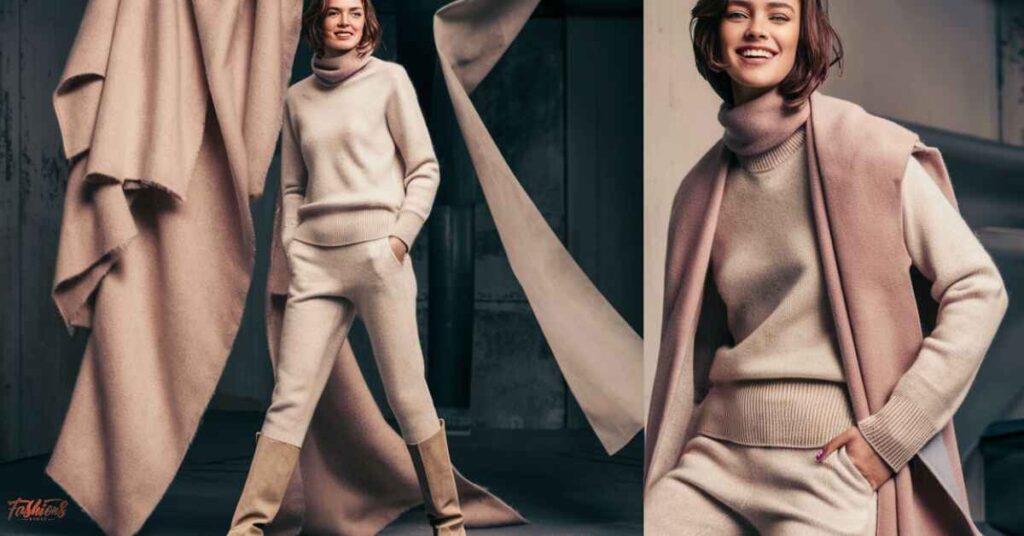
Cashmere is known for its softness and warmth, making it a cozy choice for cooler weather. Mix cashmere with textures like denim or broadcloth for a comfortable yet polished look that combines different tactile experiences.
Broadcloth Fabric
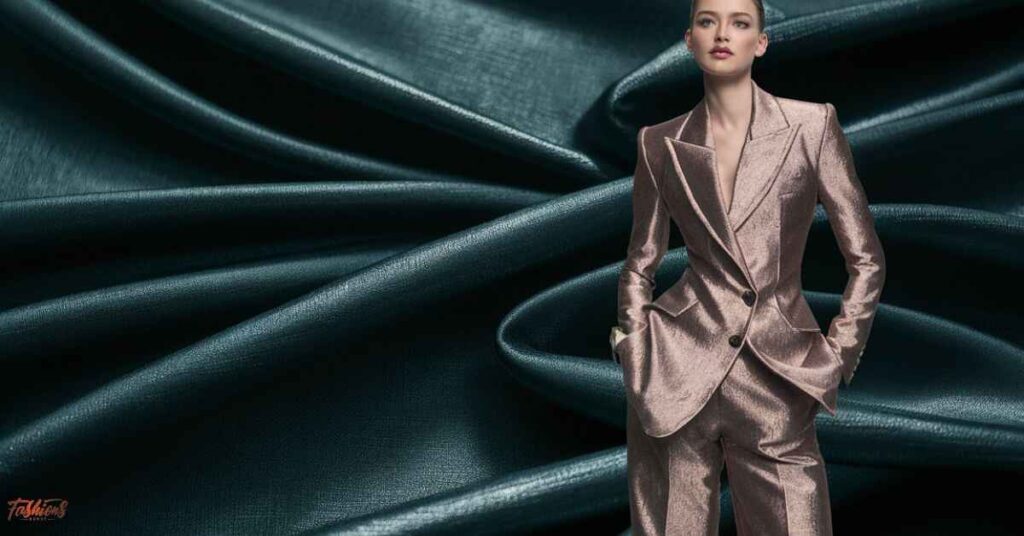
Broadcloth is a finely woven fabric with a smooth and crisp texture, perfect for creating tailored and structured outfits. Pair broadcloth garments with contrasting textures like denim or leather to add depth and interest to your ensemble.
Read this blog: How To Get Into Modeling?
How to combine the colors?
Combining colors effectively in an outfit involves understanding color theory and applying it to your clothing choices. Here are some tips on how to combine colors:

Analogous Colors: Choose colors that are next to each other on the color wheel, such as blue and green or yellow and orange, for a harmonious and coordinated look.
Complementary Colors: Pair colors that are opposite each other on the color wheel, like red and green or blue and orange, to create a bold and dynamic contrast.
Triadic Colors: Select three colors that are evenly spaced on the color wheel, such as red, yellow and blue, for a vibrant and balanced color combination.
Neutral Colors: Use neutral colors like black, white, gray, beige or navy as a base and then add pops of color with accessories or clothing pieces for a versatile and sophisticated look.
Monochromatic Scheme: Stick to variations of the same color for a monochromatic outfit. For example, wear different shades of blue from light to dark for a cohesive and elegant appearance.
Texture and Pattern: Consider the texture and pattern of your clothing as they can influence how colors interact. Mixing textures and patterns can add depth and visual interest to your outfit.
Consider the Occasion: Keep the occasion in mind when choosing color combinations. Bold and bright colors may be suitable for casual outings or events, while muted tones or neutrals are often preferred for professional settings.
Ways to Mix Patterns and Textures
Mixing patterns and textures in your outfit can create a visually interesting and stylish look. Here are some ways to effectively combine patterns and textures:
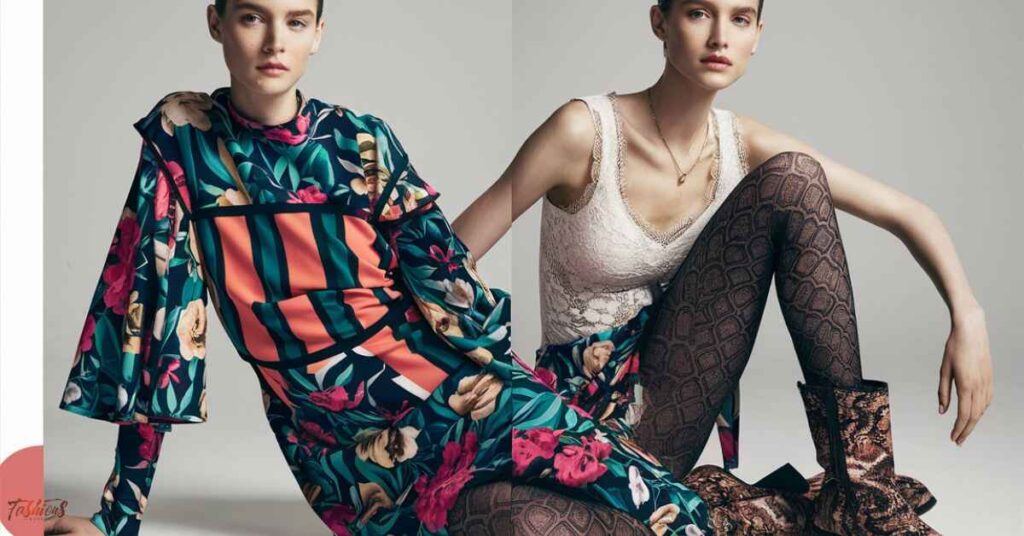
Start with a Neutral Base: Begin with a neutral base such as solid-colored pants or a skirt. This provides a balanced canvas for mixing patterns and textures without overwhelming the overall look.
Choose a Dominant Pattern: Select one dominant pattern, such as stripes, plaids, florals or animal prints. This will be the focal point of your outfit and set the tone for the rest of the ensemble.
Add a Secondary Pattern: Incorporate a secondary pattern that complements the dominant pattern. Opt for a smaller or subtler print that doesn’t compete for attention but enhances the overall visual interest.
Mix Textures: Introduce different textures to add depth and dimension to your outfit. For example, pair a chunky knit sweater with a smooth satin skirt or combine denim with lace details for a contrasting yet cohesive look.
Consider Color Coordination: Pay attention to color coordination when mixing patterns and textures. Choose colors that complement each other or stick to a cohesive color palette to ensure a harmonious overall appearance.
Use Accessories Wisely: Accessories like belts, scarves, bags and shoes can tie together your mixed patterns and textures. Opt for solid-colored accessories or those that feature one of the colors from your outfit to maintain balance.
Experiment with Proportions: Play with proportions by mixing different-sized patterns and textures. Pair a bold, oversized print with a smaller, more intricate pattern for a visually dynamic combination.
Layer Thoughtfully: Layering can also enhance the mixing of patterns and textures. Add a textured jacket or cardigan over a patterned top or dress for added interest and dimension.
Also read: Golden Goose Size Chart: A Simple Guide
Frequently asked questions
How do you add texture to an outfit?
You can add texture to an outfit by incorporating textured fabrics like knits or tweeds and layering garments with different textures such as lace over silk.
How do you mix outfit patterns?
Mix outfit patterns by pairing a dominant pattern with a complementary or smaller-scale pattern and balancing them with solid colors or neutral pieces for a cohesive look.
What is the rule of 2 textures?
The rule of 2 textures suggests combining two contrasting textures, like silk and denim, for visual interest without overwhelming the outfit, ensuring balance and harmony.
Can you wear two different textures?
Yes, you can wear two different textures to add depth and visual interest to your outfit, creating a stylish and dynamic look.
Is it OK to mix patterns in fashion?
Yes, it’s perfectly okay to mix patterns in fashion, as long as you follow basic guidelines like pairing complementary patterns, considering scale and balancing with solid colors for a cohesive and stylish look.
Conclusion
Mixing textures and patterns in fashion can elevate your style and make your outfits more interesting. By combining different textures like silk and denim or mixing patterns such as stripes and florals, you can create unique and eye-catching looks that reflect your personal style.
Additionally, experimenting with texture and pattern mixing allows you to showcase your creativity and fashion sense. Remember to balance contrasting elements with solid colors or neutral pieces to maintain harmony in your outfit. Don’t be afraid to step out of your comfort zone and have fun exploring different combinations to create fashion-forward ensembles.

